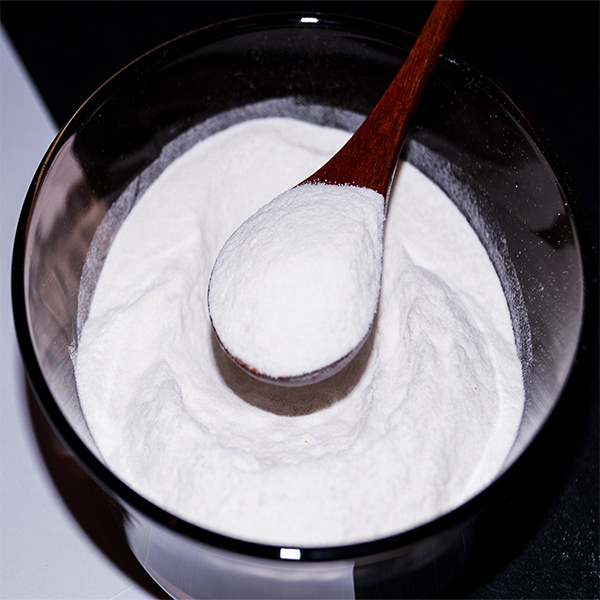RDP for Ceramic Tile Adhesive Enhancing Performance and Durability
In the world of construction and interior design, the use of ceramic tiles has become increasingly prevalent due to their aesthetic appeal, durability, and ease of maintenance. However, the performance of ceramic tiles largely depends on the quality of adhesive used during installation. One of the critical ingredients that enhance the performance of ceramic tile adhesives is Redispersible Polymer Powder (RDP). This article explores the significance of RDP in ceramic tile adhesives and its impact on the performance and longevity of tile installations.
What is RDP?
Redispersible Polymer Powder is a dry powder that, when mixed with water, can form a flexible and resilient polymer film. It provides enhanced properties to cement-based formulations, making it a crucial additive in various construction applications, including ceramic tile adhesives. RDPs are derived from polymer emulsions, which are spray-dried to achieve a powder form, ensuring ease of handling and extended shelf life.
Benefits of RDP in Ceramic Tile Adhesives
1. Improved Flexibility and Adhesion One of the primary benefits of incorporating RDP into ceramic tile adhesives is its ability to enhance flexibility. Tiles are subjected to various stresses, including temperature fluctuations and structural movements. RDP-modified adhesives maintain flexibility and bond strength, preventing cracking and detachment of tiles over time.
2. Water Resistance RDP contributes to the water resistance of tile adhesives, which is particularly important in areas prone to moisture, such as bathrooms and kitchens. With improved water resistance, these adhesives protect against water infiltration, helping to prevent issues such as mold and mildew growth beneath tiles.
rdp for ceramic tile adhesive

3. Enhanced Workability The addition of RDP improves the workability of tile adhesives, allowing for easier application. Installers can achieve a smoother, more uniform application, which is critical for ensuring that tiles are laid evenly and securely. This not only saves time during installation but also enhances the overall quality of the tile work.
4. Increased Bond Strength RDP enhances the adhesion properties of tile adhesives, ensuring a stronger bond between the tile and the substrate. This is crucial for preventing tiles from lifting or cracking over time, particularly in high-traffic areas or installations subjected to thermal expansion and contraction.
5. Improved Open Time The open time of an adhesive refers to the amount of time the adhesive remains workable after being applied. RDP can extend the open time of ceramic tile adhesives, allowing installers more flexibility to position tiles accurately before the adhesive sets. This is particularly beneficial in larger installations where precise alignment is critical.
Environmental Considerations
RDP is often produced with eco-friendly practices in mind, as many manufacturers prioritize sustainability in their production processes. The use of RDP in tile adhesives may contribute to lower environmental impact compared to traditional adhesives, making it a preferred choice for environmentally-conscious projects.
Conclusion
Incorporating RDP into ceramic tile adhesives significantly enhances their performance, offering improved flexibility, adhesion, water resistance, and workability. As the demand for quality and durable tile installations continues to rise, the role of RDP in providing reliable and long-lasting adhesive solutions becomes increasingly important. Whether for residential or commercial projects, choosing RDP-modified tile adhesives ensures a high-quality finish that stands the test of time, ultimately delivering value and satisfaction to both installers and end-users alike.
-
A Comprehensive Guide to Methyl Ethyl Hydroxyethyl Cellulose: Applications and Industry InsightsNewsNov.24,2025
-
Understanding Methyl 2 Hydroxyethyl Cellulose: Uses, Benefits & Industry InsightsNewsNov.24,2025
-
Hydroxyethyl Methyl Cellulose HEMC: Industrial Uses, Benefits & Future TrendsNewsNov.23,2025
-
HEMC Cellulose: Versatile & Sustainable Industrial Polymer | YoungcelNewsNov.23,2025
-
Methyl Hydroxyethyl Cellulose: Versatile Building Block for Industry & SustainabilityNewsNov.23,2025
-
CAS 9032 42 2: Understanding Polyvinyl Alcohol's Impact on Industry & SustainabilityNewsNov.22,2025




